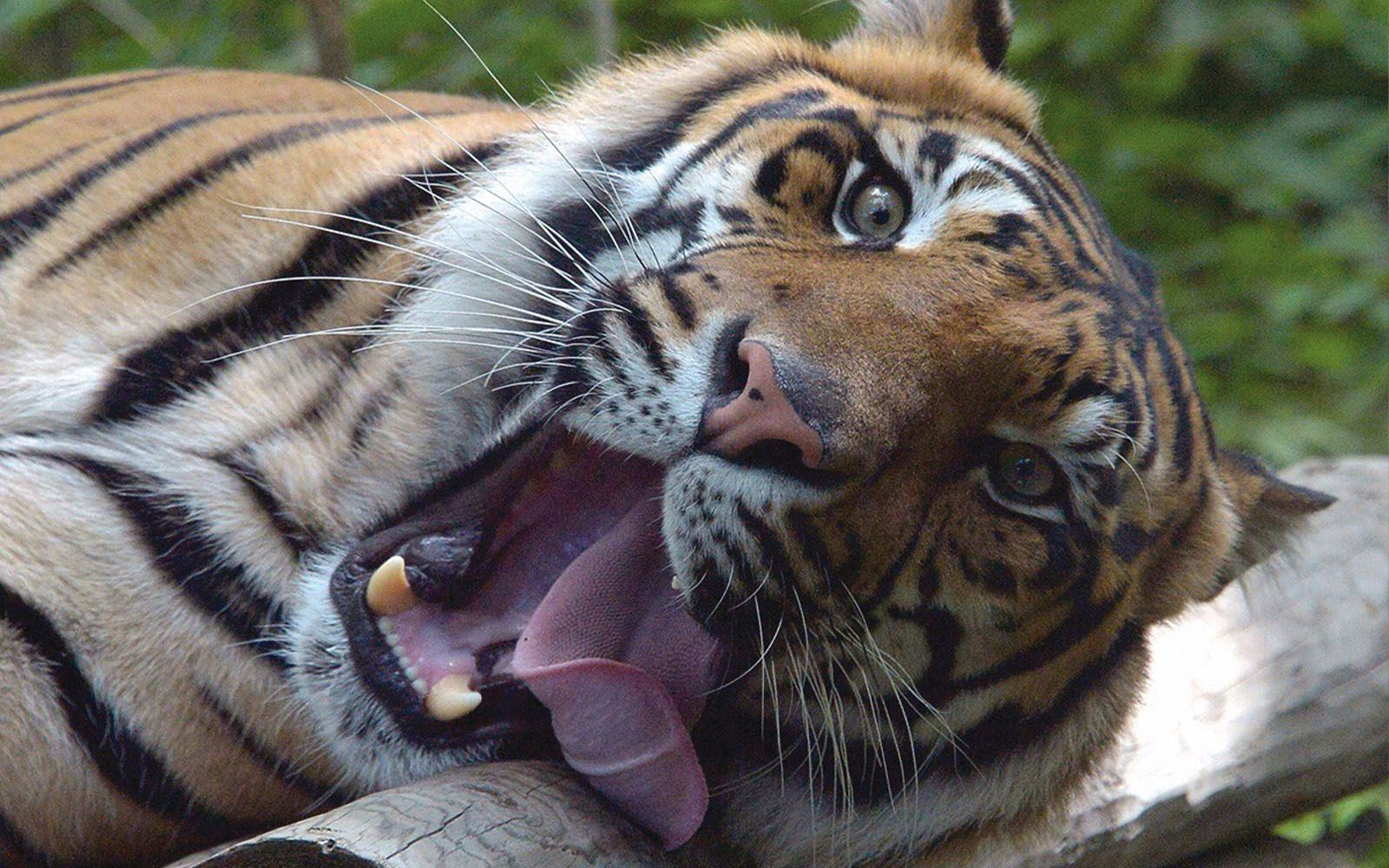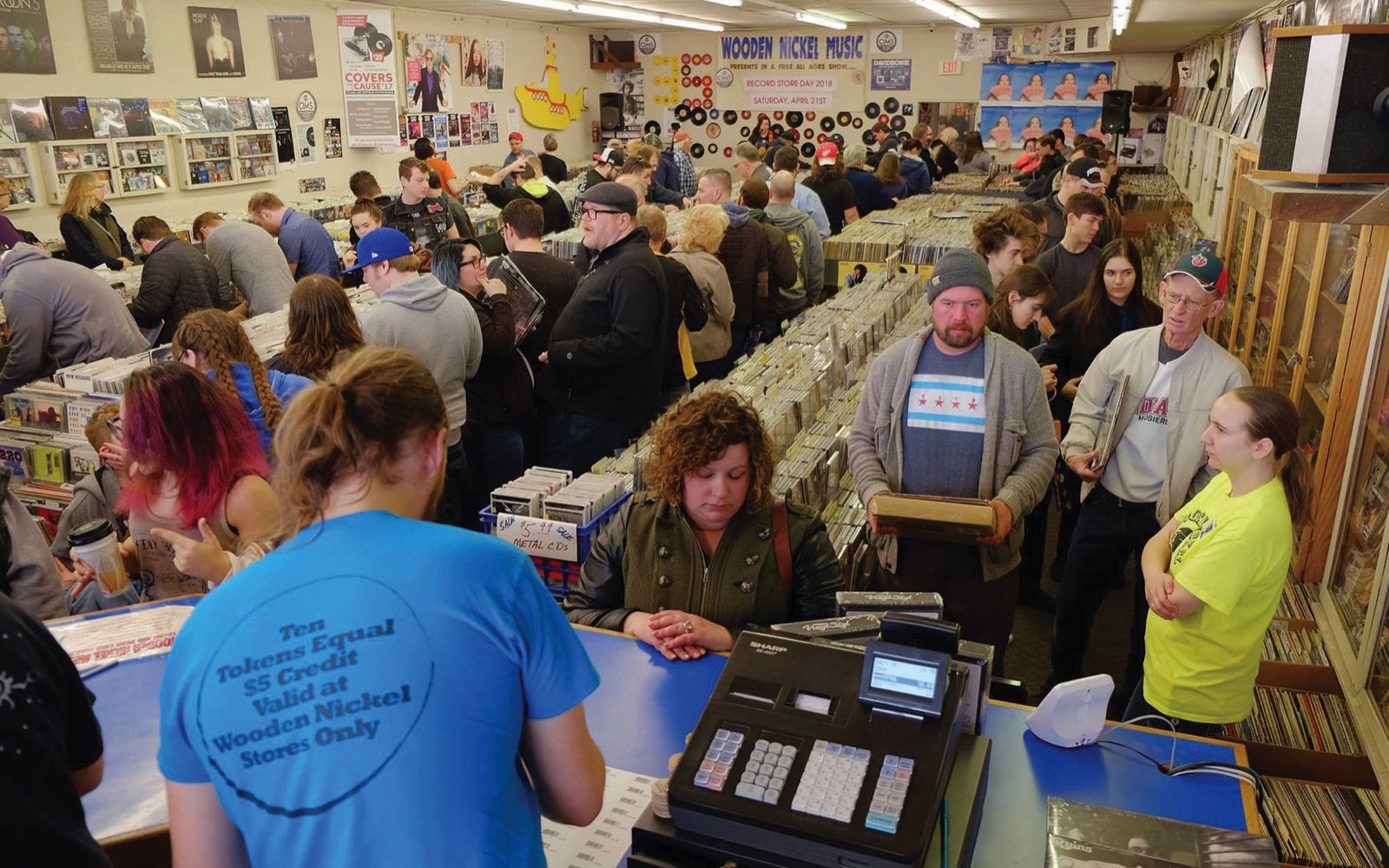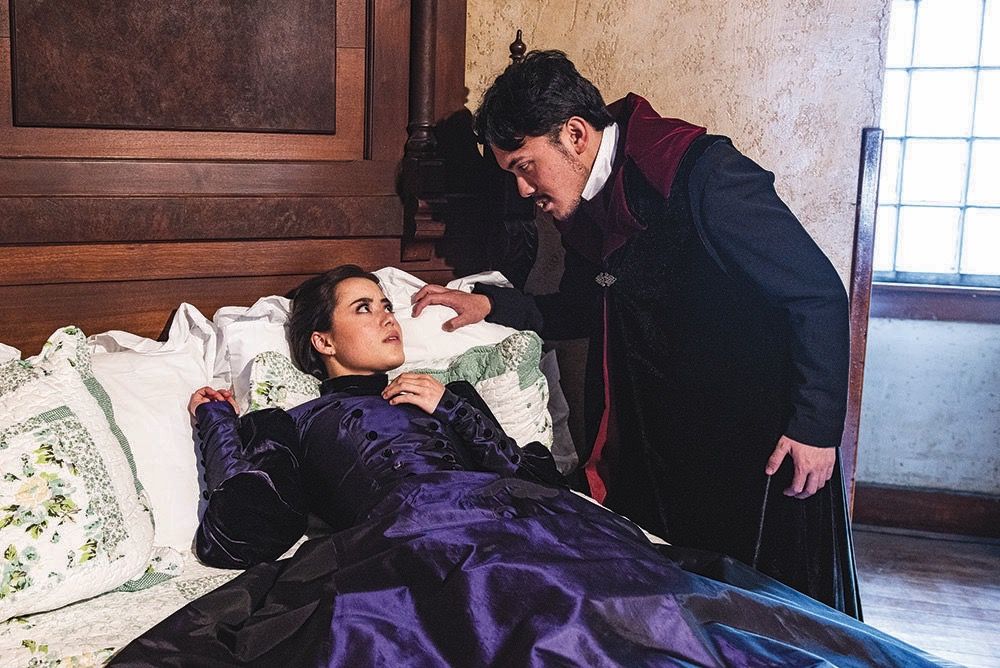For decades, Fort Wayne Children’s Zoo has been the crown jewel of spring and summer fun in northeast Indiana.
Fresh off a record-setting year, the zoo opened Saturday, April 30, with new sparkle and a few new looks, but the same tradition and guest engagement.
The zoo boasted more than 672,000 visitors and 20,000 members in 2021, according to Bonnie Kemp, director of communications. She says with the restrictions of the COVID-19 pandemic eased last year, the zoo was ready for business.
The public responded with enthusiasm.
“I think they flocked to the zoo because they wanted to get out and do things as a family,” Kemp said. “And what better place to do that than at the Fort Wayne Children’s Zoo?”
Catering to Youth
Whether it’s how the animals are presented with dedicated care and authentic habitats, the zoo’s friendly and engaging staff, or nearly 60 years of tradition, whatever it is, it’s a recipe that works.
Kemp thinks it might even be simpler than that. It might be in the name: Children’s Zoo.
She says team members are intentional about creating an environment that fosters unique moments, even treasured lifetime memories.
“We pride ourselves in making sure that we’re following the things that make us a children’s zoo, with the lower exhibit areas, so that the youngest of our guests can see and experience the lion sitting right at the window,” Kemp said. “You can feed a giraffe, you can brush the goats, you can touch a stingray for the very first time.”
Zookeepers tally more than 100 hours a week of one-on-one talks and hands-on engagement with guests.
The cycle repeats across all ages.
“It brings so many memories for moms and grandparents and great-grandparents that they want to share those experiences with their children,” Kemp said.
Those memories are enhanced with iconic symbols from the past. Kemp points to the lion head drinking fountain, the talking frog, and the little train engine children can play on next to the Z.O.&O. Railroad.
“It is very reminiscent of the one that was there 58 seasons ago,” she said. “So, there is a lot of the nostalgia that we love as adults that we can share with our children.”
Keeping with the Times
The right calls have also been made when adding or expanding exhibits and amusements.
The original seven-acre zoo boasted 20 species across seven acres. Now, it’s closer to 40 acres with more than 1,600 animals.
“It is ever-changing and evolving, and we have become a modern zoo, where in 1965 we would not have been considered a modern zoo,” Kemp said.
The most visible additions for the 2022 season are a reimagined Indonesian Rain Forest, cosmetic changes to the entrance, and a new coffee shop.
“It won’t take long to make an impression at the front gate,” Kemp said. “It’s hard to miss. All the color. The zoo letters are going to be painted in our logo colors. Then you’ll just notice a bright new entrance at the very front of the zoo. It’s a move to connect that we’ll use with the signature logo colors of green, orange, and yellow.”
Another change is in the Indonesian Rain Forest.
“It will be all new immersive experience. It will feel and sound just like you’re walking into an Indonesian rainforest,” Kemp said. “It’s been there quite a while, and we decided to reimagine that space and make it a little more immersive for the youngest of our guests.”
Animals will also have larger homes following the renovations.
“There will be animals hiding in the foliage, on the walls, and in animal exhibit that feel very natural,” Kemp said.
The carousel will remain, and the jungle lab will be opened to birthday parties for those up to 20 years old. The picnic pavilion will also be available for larger private events, including corporate outings for the first time since the pandemic.
Near the entrance is the new coffee shop, appropriately enough called Peacock Cafe, resembling the colorful birds flocking around it.
“It’s bright blue,” Kemp said. “You can grab a cup of coffee, a latte, some beverages, and get your day started right when you get in.”
Mission of Conservation
In the midst of all the fun and intrigue of animals in real-life vistas, the zoo is actively entrenched in conservation efforts, having partnered with projects around the world and closer to home.
Kemp says the zoo financially helps more than 30 conservation partners.
“Last year, it was in the tune of $360,000, one-third of a million dollars,” she said. “By guests visiting, they help us make those decisions, and allow us to be able to put that into our giving every season.”
The zoo is also directly involved with 63 individual Species Survival Plan programs, including many of the zoo’s popular animals such as giraffes, orangutans, kangaroos, radiated tortoises, and Old World monkeys.
And one hits close to home: hellbender salamanders, which are found in Indiana. The zoo has teamed up with Purdue University, the Indiana Department of Natural Resources, and other Indiana zoos to repopulate state waterways with the endangered amphibians.
Visitors are challenged to embrace the zoo’s conservation projects.
“Everybody gets to help us decide how to spend those conservation dollars,” Kemp said. “They’ll get a penny at the front gate, then drop it in our Kids for Nature Kiosk. They vote for their favorite conservation partner. We highlight three each season. They can help us decide where those funds go. So everybody actively gets to help us make those decisions.
“It’s part of our mission,” she added. “It hits straight to it, and that’s part of our mission: Inspiring people to care. That’s the message in everything that we do.”
 Submit Your Event
Submit Your Event




